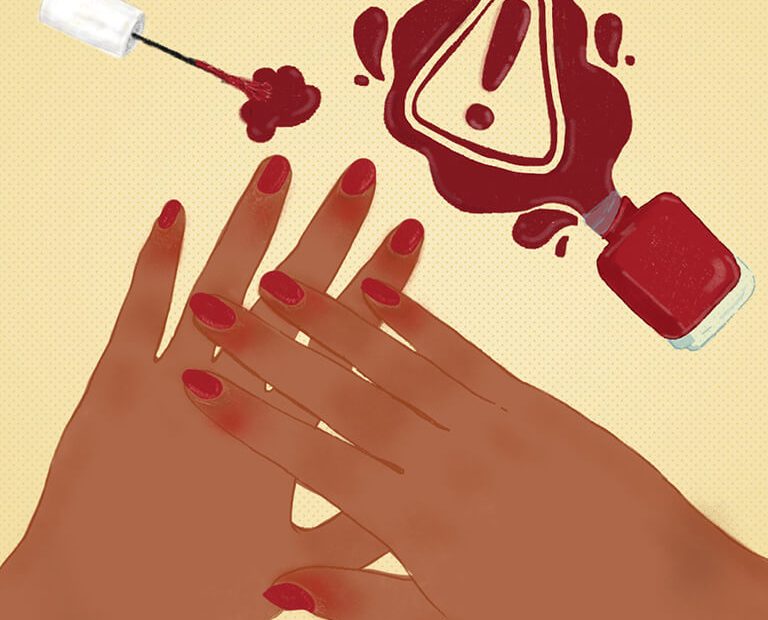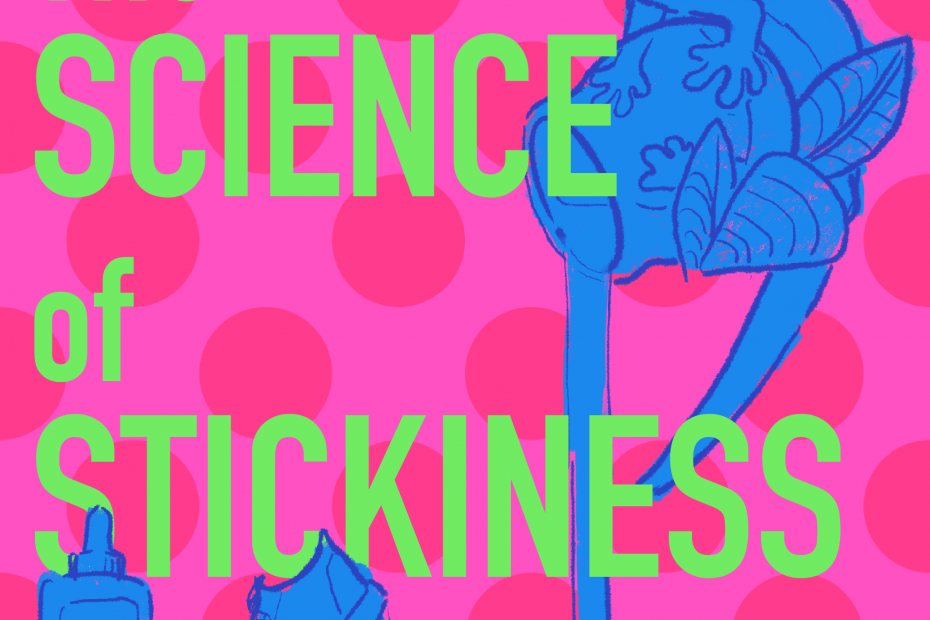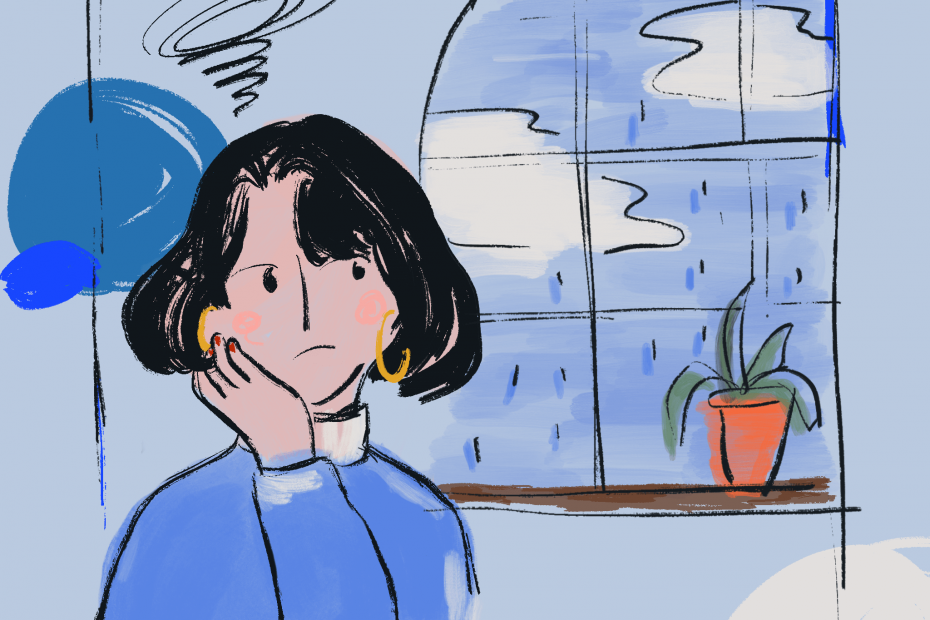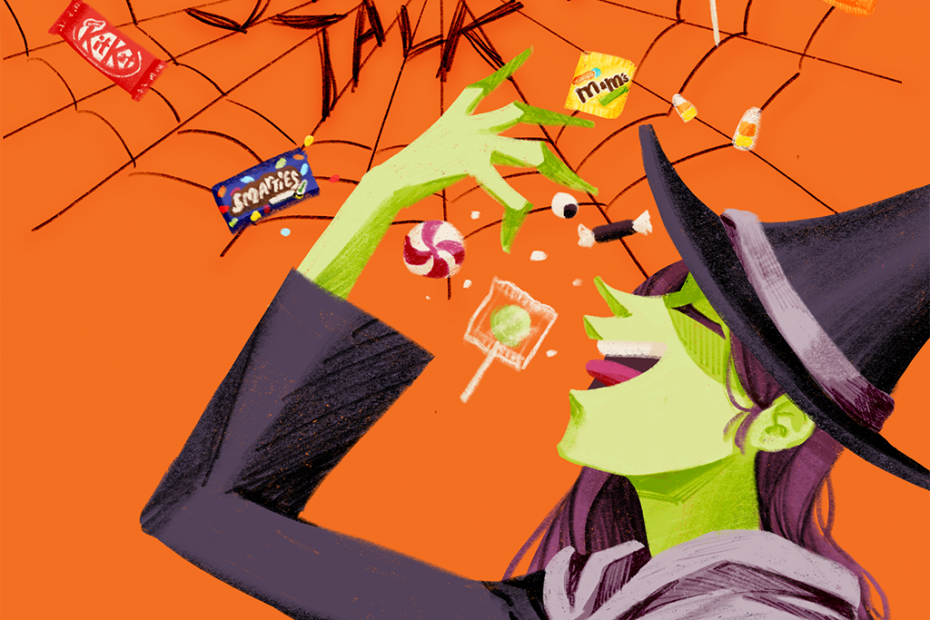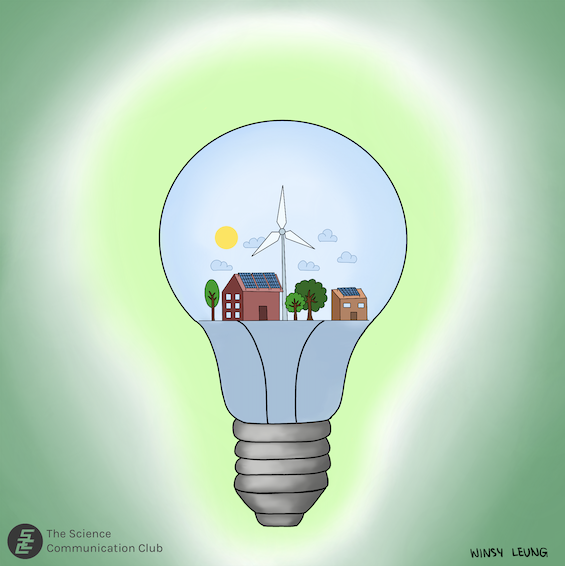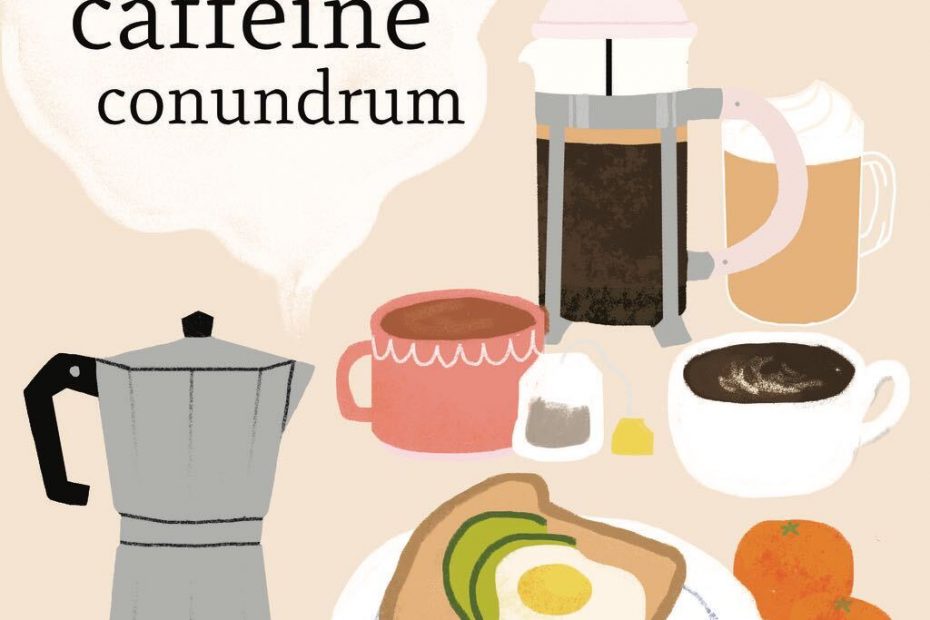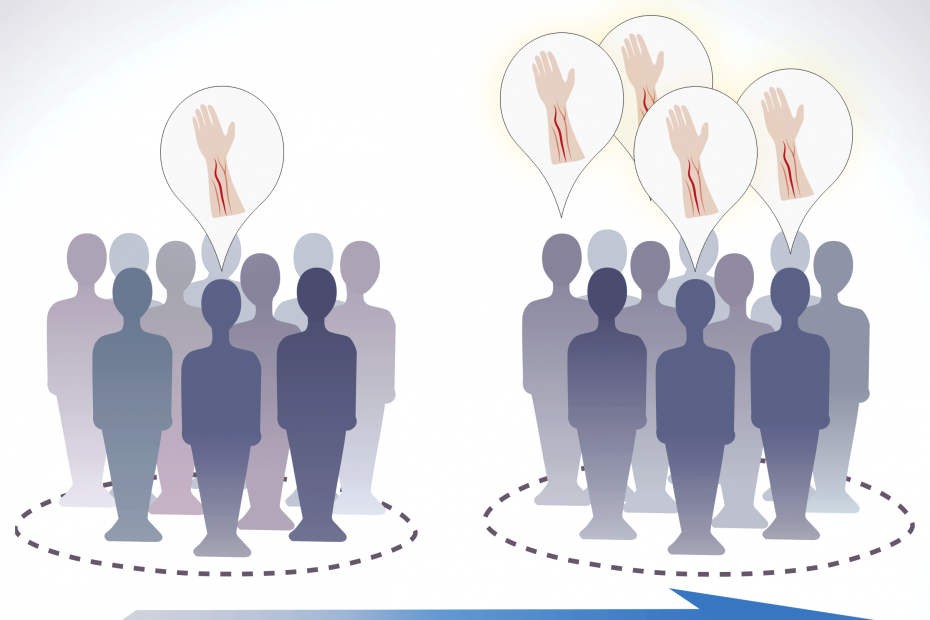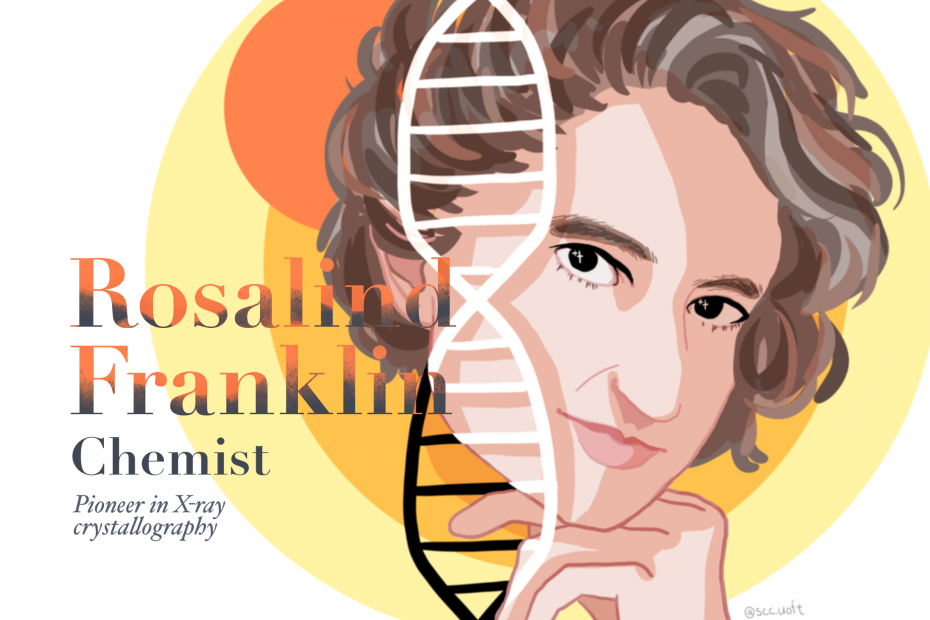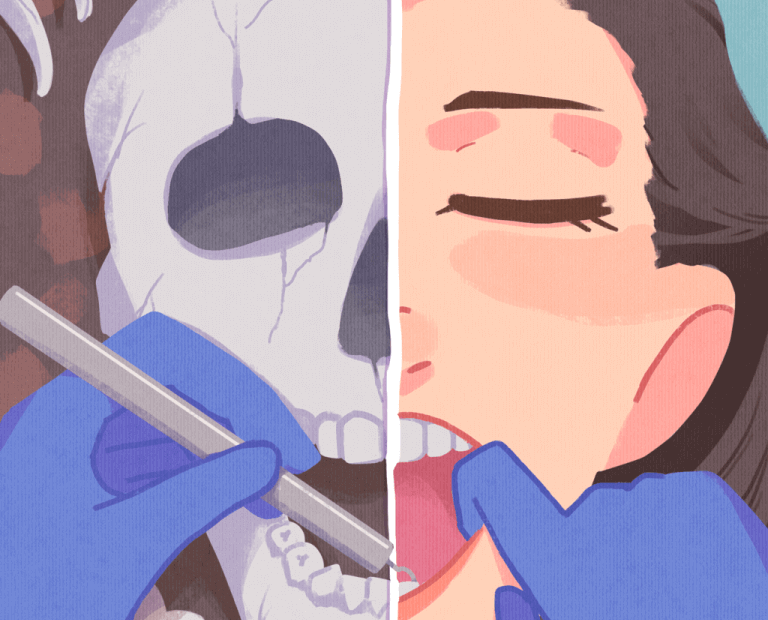The Unvarnished Reality: A Look at the Health and Environmental Implications of Nail Polish
Browse through any website with clickbait ads for long enough, and chances are high you’ll eventually see a headline about a nail polish horror story. As it turns out, those pretty bottles of polish can have significant effects on human health and the environment—unassuming as they may seem at first glance.
